Chapter 1 Activities
Introduction
The reliable collection, treatment, and disposal of wastewater is a critical public service. In central sewer systems, sewage flows from its source into an underground collection network of pipes and pumps that convey it to a centralized wastewater treatment facility (WWTF). Any failure in this system can significantly impact the environment, economy, and public health. Untreated wastewater may contain harmful microplastics, pharmaceuticals, toxic chemicals, bacteria, viruses, and nutrients. All spills and releases of untreated sewage are unlawful.
Wastewater treatment and disposal are regulated by the U.S. Environmental Protection Agency (EPA) and the Florida Department of Environmental Protection (FDEP, F.S. 403). Minimum state standards require primary treatment (removal of solids and particulates) and secondary treatment (disinfection) before disposal. However, these processes do not significantly reduce nitrogen and phosphorus levels, which can contribute to nutrient pollution when effluent is reused for irrigation. Advanced Wastewater Treatment (AWT) adds a third treatment stage to substantially lower nitrogen and phosphorus concentrations (Figure 1.1). Even after treatment, wastewater may still contain microplastics, pharmaceuticals, and persistent toxic chemicals.
Permitted wastewater disposal options vary based on treatment level and include surface water discharge, injection into wells and aquifers, release to infiltration basins and spray fields, or redistribution for non-potable uses such as irrigation. Any wastewater discharged directly into Southwest Florida water bodies and their direct tributaries must meet AWT standards (Grizzle-Figg Act 1987, F.S. 403.086I). The Act also mandates that AWT discharges will not degrade Outstanding Florida Waters, such as those in the Sarasota Bay Estuarine System.
Activity 1:
Prioritize Upgrades of Sarasota County Government’s Wastewater Treatment Plants to Advanced Wastewater Treatment
Treated wastewater can introduce nutrient pollution into surface and groundwater through permitted releases, unintentional leaks and spills, and use in irrigation. Upgrading Sarasota County’s Wastewater Treatment Facilities to Advanced Wastewater Treatment (AWT) standards will significantly reduce nutrient loads in treated wastewater, thereby minimizing environmental impacts.
Activity 2:
Understand and Manage Nutrient Loads to Areas Irrigated with Non-Advanced Wastewater
Reclaimed water used for irrigation contains significant amounts of nitrogen, especially if it originates from wastewater treatment facilities without advanced treatment. If the nitrogen content of reclaimed irrigation water is ignored when calculating synthetic fertilizer application, overfertilization can occur. Greater understanding of nutrient fate in reclaimed water, coupled with targeted education for homeowners, lawn care professionals, and golf course managers, is needed to align irrigation and fertilizer practices and reduce nutrient pollution.
Activity 3:
Invest in Infrastructure to Minimize Wastewater Spills, Emergency Releases, and Overflows
Spills, emergency releases, and overflows of treated and untreated wastewater cause significant harm to environmental and human health and the economy. A proactive and comprehensive approach to preventing spills, releases, and overflows should include inspection, maintenance, replacement, and upgrades of failing sanitary sewer infrastructure.
Activity 4:
Improve FDEP Public Reporting of Wastewater Discharges
Notification and access to information about wastewater spills, emergency discharges, and overflows should be timely, standardized, and clearly conveyed so citizens and non-government organizations can evaluate short-term impacts and identify long-term chronic issues for remediation.
Activity 5:
Deliver Targeted Education and Incentives to the Public to Reduce Sewage Spills and Overflows
Disposal of inappropriate items such as baby wipes and kitchen grease down toilets and drains is a common cause of sewer blockages and overflows. Broken or leaking privately owned sewer lines are also a recurring problem, especially in older areas with aging infrastructure. Educating and incentivizing citizens to understand what can and cannot be disposed of down toilets, sinks, and drains—and the importance of maintaining their private sewer laterals—will reduce sewage spills and overflows that contribute nutrients and pathogens.



